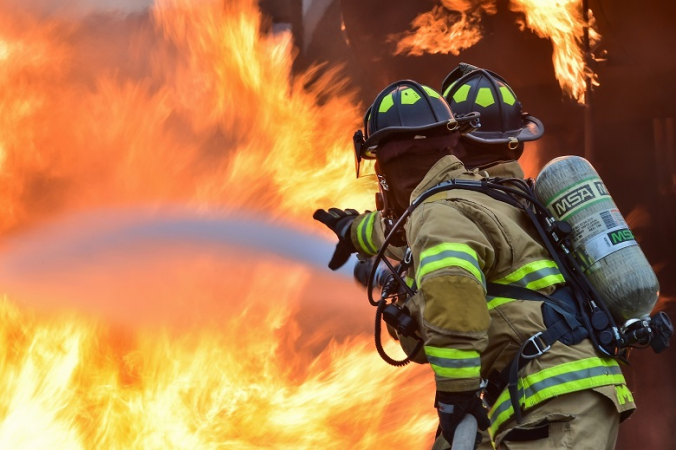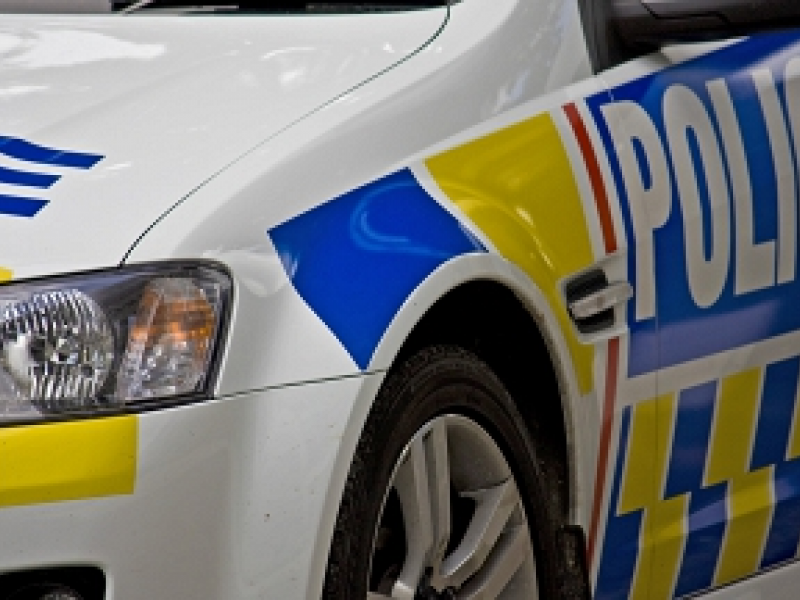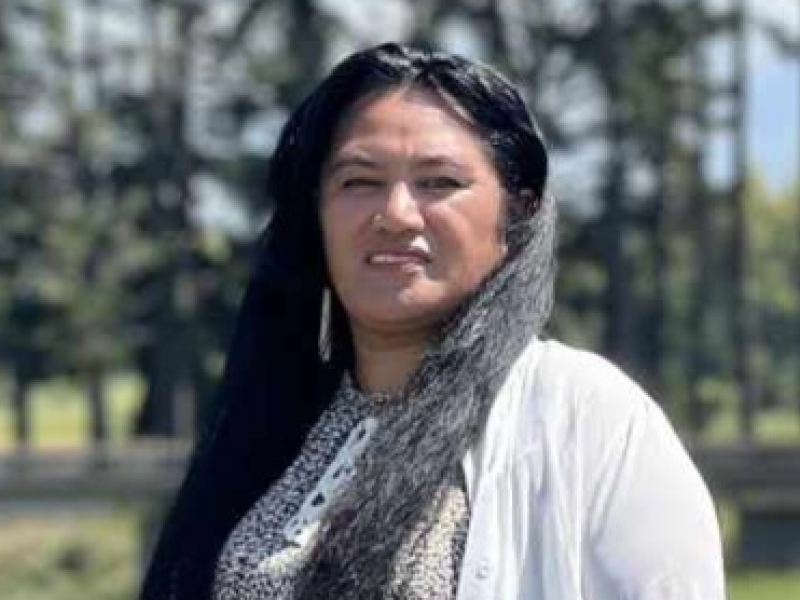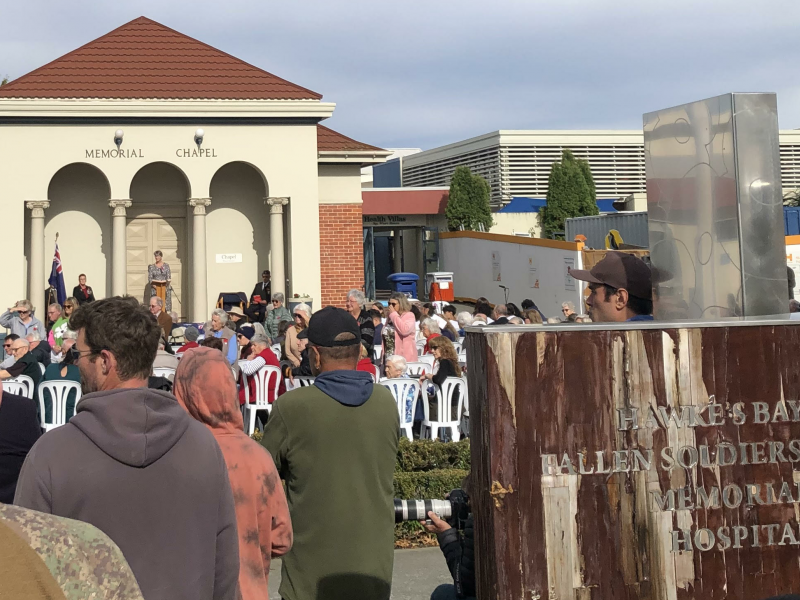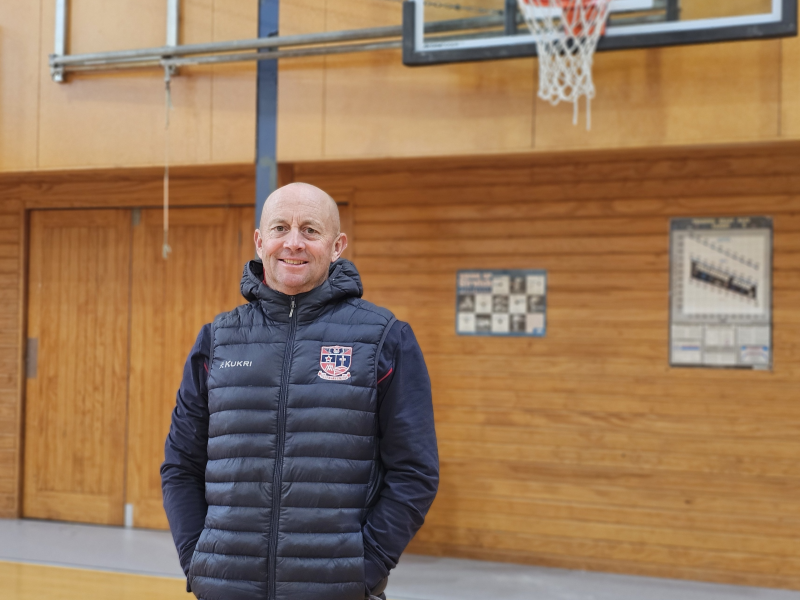Hawke's Bay fire call-outs shaped by an unprecedented year
Covid-19 has had a profound effect on the number of call-outs Fire and Emergency attend, statistics show.
In total, Napier and Hastings Fire Brigades attended 2274 call-outs last year from January to December; 1,179 and 1,095 respectively.
Fire and Emergency New Zealand Hawke's Bay Area Commander Ken Cooper said the March lockdown made a "massive difference" to their call numbers, with an 85 per cent reduction.
However, in general, he says it was "probably a very standard year for Hawke's Bay".
"That's just down to the fact that people weren't traveling on the roads and there were more people at home so there was no sort of unattended incidents or fires in the house. Structure fires reduced dramatically," Cooper said.
False alarms, usually the cause of the majority of calls, also reduced significantly during this time as many commercial or industrial premises were unoccupied.
Of the call-outs, the Hastings Fire Brigade attended 72 structure fires, 65 vegetation fires, 230 other fires, 7 heat/pressure calls, 137 medical responses, 15 HAZMAT calls,
47 special service calls, 337 false alarms, 62 assist public calls, 120 motor vehicle accidents and 3 rescues.
In comparison, the Napier Fire Brigade attended 85 structure fires, 55 vegetation fires, 215 other fires, 4 heat/pressure calls, 152 medical responses, 13 HAZMAT calls, 46 special service calls, 371 false alarms, 104 assist public calls, 124 motor vehicle accidents and 10 rescues.
2020 began with the region's largest vegetation fire of the year. More than 300 firefighters spent 11 days battling a 400-hectare fire in Tangoio Forest that started on January 6.
While the number of vegetation fires has not increased, Cooper says the difference is that they are involving larger areas of land resulting in longer duration incidents.
This is due to a multitude of reasons including drier conditions as well as urban developments amongst the natural environment. Cooper says it is important people their website checkitsalright.com for risk reduction tips and safety tips.
In general, last year, the number of structure fires continued to rise throughout the region.
"The number one cause of structure fires is unattended cooking, so there's a real strong message from us to not leave cooking unattended." Smoke alarms also play an important role as they not only ensure people are able to get out of the house in a quick and safe manner, but it means a quicker response from FENZ to then reduce the damage caused by the fire.
Ensuring people have working smoke alarms starts with education, he says.
Their 'Get Firewise' programme - a curriculum-based resource that gives children of primary and intermediate age the knowledge and behaviour they need to stay fire safe and escape from a burning building - plays a pivotal role in "embedding this culture of fire safety in kiwis as they grow up".
As well as personal responsibility, FENZ recognise that some groups in the community don't have the same access to smoke alarms as others.
Cooper says they are prepared to come and assist people with a fire safety check. This is where a fire crew checks a property, gives advice and installs one smoke alarm.
"We try to stress that this is for families that perhaps can't afford it or need advice. Most kiwis should be able to take responsibility and put smoke alarms in their properties."
However, the fires are "quite a small part" of their work now. Motor vehicle accidents and medical responses were the cause of 533 calls in total, and a stand-out amongst Cooper and the region's firefighters.
The number of motor vehicle accidents particularly on the State Highways including SH2 and SH5 is "ever-increasing" and something they are actively working with their partners in NZ police to "try and reduce".
Cooper says these traumatic incidents not only take a toll on the families of those involved, but also the firefighters who attend them.
He says it is a matter of educating people about road safety including speed and driving to the conditions. They currently work with police on programmes with school-aged children who are eligible to get their drivers license. They will also join police in working with Te Taiwhenua o Heretaunga this year.
As far as medical calls, Cooper says their work with St John Ambulance has played an important role in ensuring early intervention when it comes to non-breathing incidents requiring CPR.
Since a Memorandum of Understanding was signed between the two organisations in the late 90s, FENZ has been dispatched to these 'purple calls'. They are dispatched at the same time as an ambulance.
"Hawke's Bay people will notice they will get a fire truck as well and they may get a fire appliance arriving first on some occasions, so we've obviously had a high level of training and have actually made a real difference in that area. So it's critical that we do it for the community."
"Our people love doing it because they can see it does make a difference to people's lives and I think the biggest thing for me is you've got a trained person arriving with the right equipment in a timely manner and that's throughout Hawkes Bay from Mahia down to Eketahuna."

